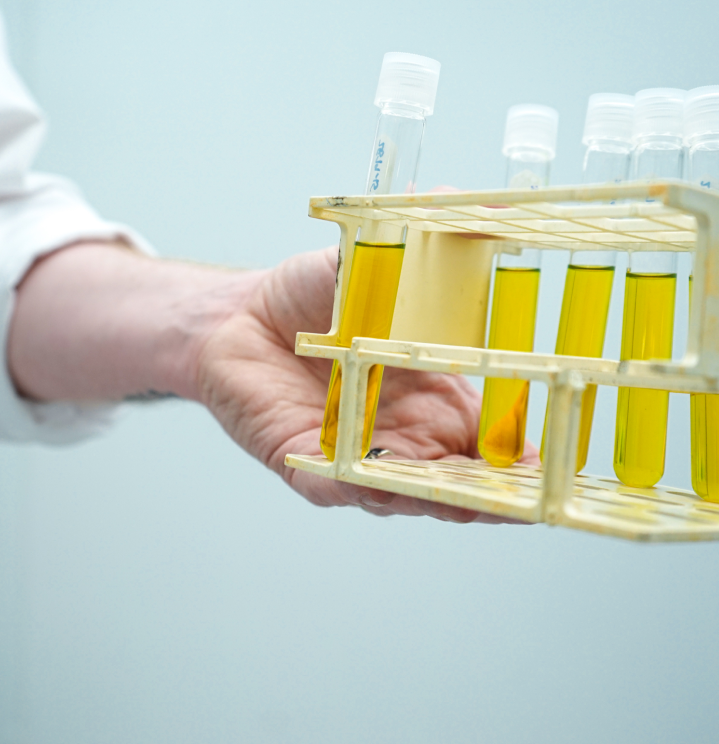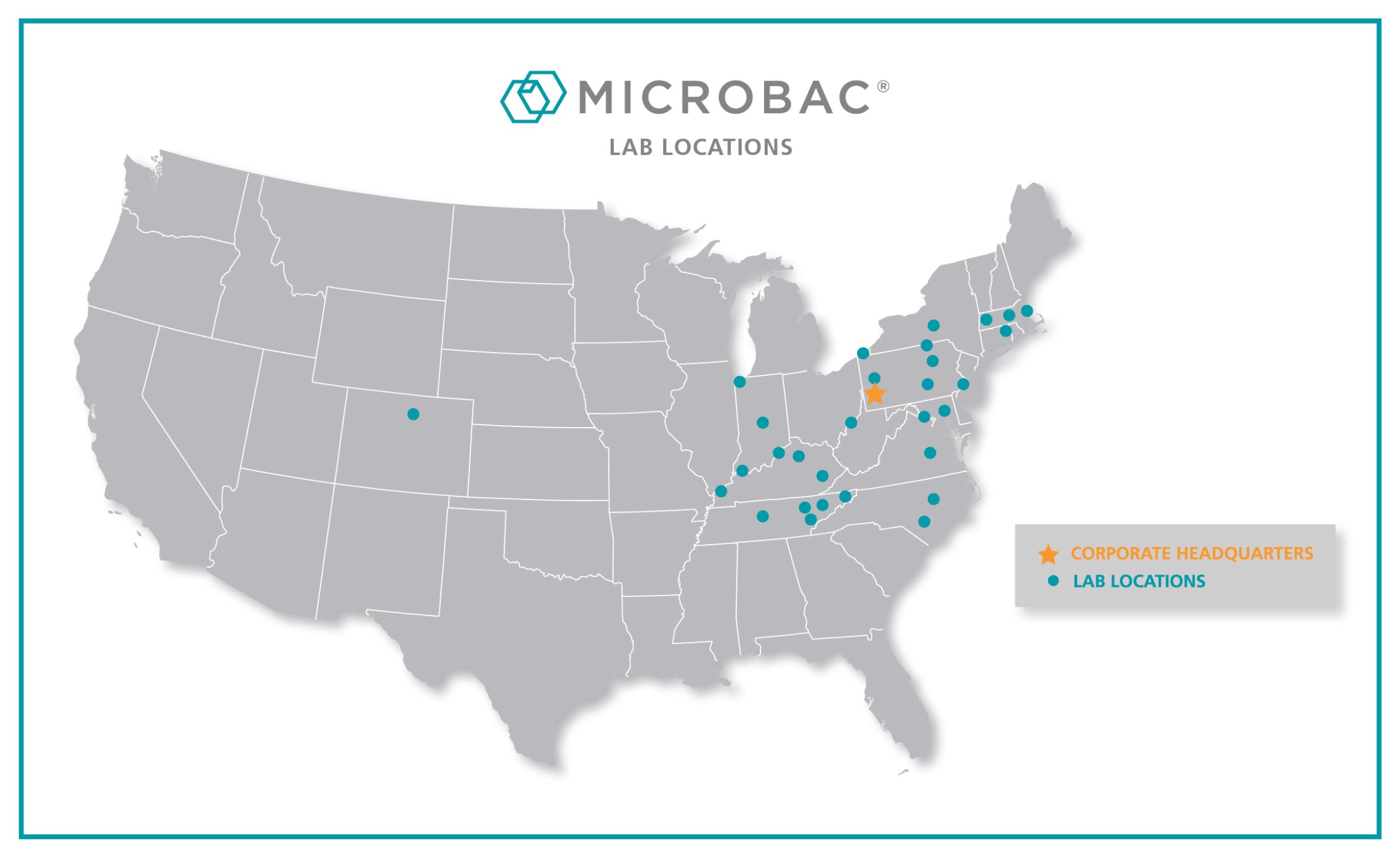
Reopening Your Business?
Here are 10 Pathogens and Contaminants to Know About

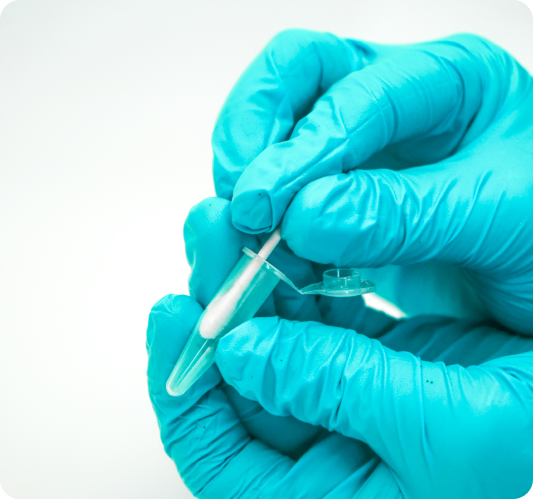

Severe Acute Respiratory Syndrome (SARS) is a viral respiratory illness caused by certain viruses, in this case the coronavirus SARS-CoV-2. Coronaviruses are a large family of viruses that can infect both birds and mammals, including humans. The symptoms caused by these viruses can range from mild, like the common cold, to severe, like MERS and COVID-19.
Location: High-traffic surface areas/objects such as door handles and shopping carts
Test: SARS-CoV-2 Environmental Surface Test (Microbac’s Oak Ridge lab)
Legionella is a type of bacterium found naturally in freshwater environments, like lakes and streams. It can become a health concern when it grows and spreads in human-made building water systems like shower heads, cooling towers, hot tubs, fountains, plumbing systems and hot water heaters. Legionella is responsible for Legionnaires' disease.
Location: Shower heads, cooling towers, plumbing systems, stagnant water sources
Test: Multiple methods (Microbac’s Maryville and Merrillville labs)

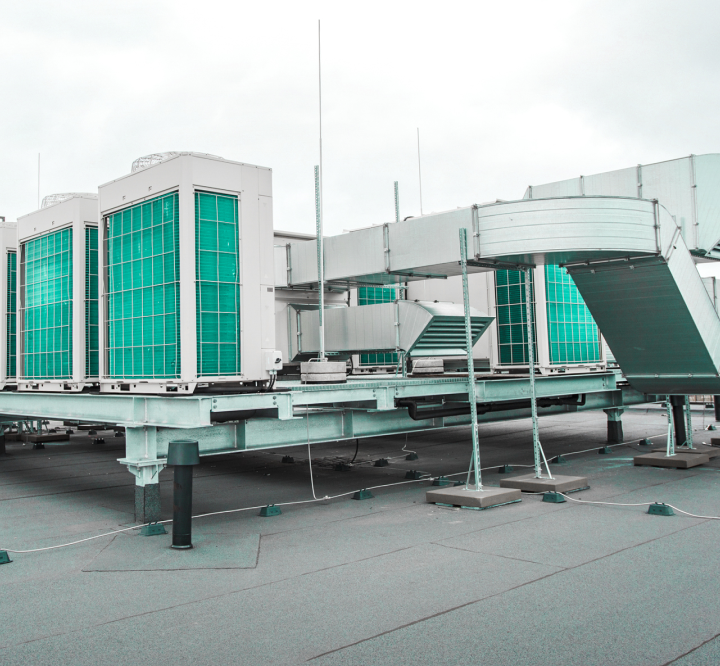
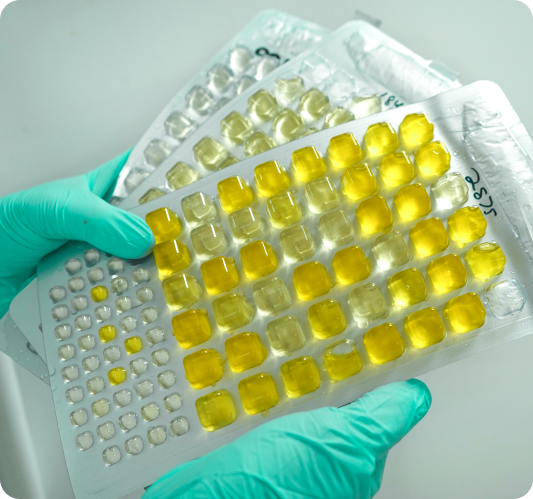

Coliform bacteria are a large group of various rod-shaped species. The group includes bacteria that occur naturally in the intestines of warm-blooded animals (fecal coliform) and non-fecal coliform. Escherichia coli (E. coli), often listed in water quality analyses, is one species of fecal coliform bacteria. There are hundreds of strains of E. coli bacteria that differ only in the type of toxin or enzyme that they produce. Even though they originate in the digestive system of a warm-blooded creatures, most E. coli strains are not harmful to humans; however, several can be. Coliform/E. coli are indicators of sterility and cleaning procedure. Not good to have ANY detection number but sometime can be acceptable when comparing to baseline data.
Location: Any facility that has not been going through its routine cleaning schedule, and foods
Test: Total Coliform/E. coli for Env, Coliform/E. coli for Food (All Microbac labs)

Salmonella is a group of bacteria that commonly cause a foodborne illness called salmonellosis. There are more than 2,300 types of bacteria in the Salmonella genus, according to the U.S. Department of Agriculture (USDA). Salmonella Enteritidis and Salmonella Typhimurium are the most common strains of Salmonella in the U.S. and are responsible for at least half of all infections. Contamination typically happens after infected feces comes into contact with animals, crops or water and people then consume or touch those items and don’t wash their hands. Most food manufacturers already have a salmonella testing program but with changes in staffing and other factors, it is important to have renewed vigor for this testing. Salmonella can withstand a certain amount of heat which is why some foods, like chicken, must be cooked at a certain temperature.
Location: Found in foods such as poultry, beef, pork, eggs and produce
Test: Salmonella (All Food Microbac labs)
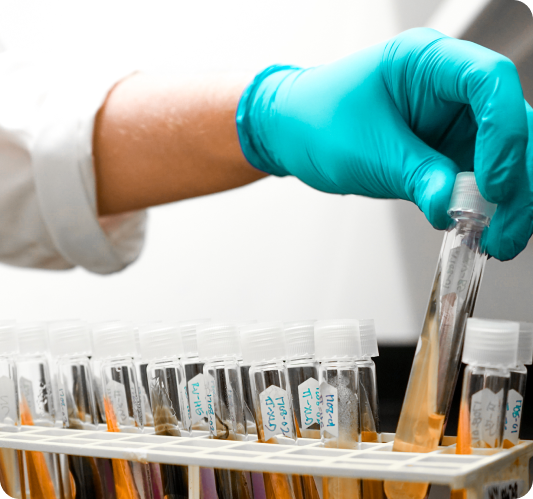
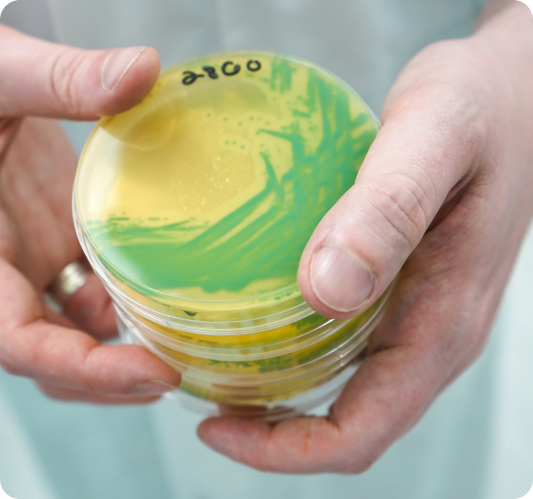

Listeria monocytogenes (Listeria) is a foodborne disease-causing bacterium. Listeria is caused by bacteria that can grow at cold temperatures, like those inside a refrigerator. Even freezing doesn’t kill it. When it contaminates food, you can’t see, smell, or taste it.
Location: Refrigerated, ready-to-eat food
Test: Listeria Test (All Microbac food labs)
Yeast and mold are both in the fungus family. They grow tolerantly in a multitude of conditions. Yeast destroys the food quality and mold affects good safety. Mold is especially dangerous when it becomes dry. If any part of your facility has been closed off or not cleaned as well, mold could be a huge problem. Both yeast and mold spread very quickly. Mold and yeast are both easily transferred through the air. Mold remediation can be very extensive.
Location: Anywhere without proper airflow or with stagnant water (moisture)
Test: Surface testing and air plates (All Microbac food labs)

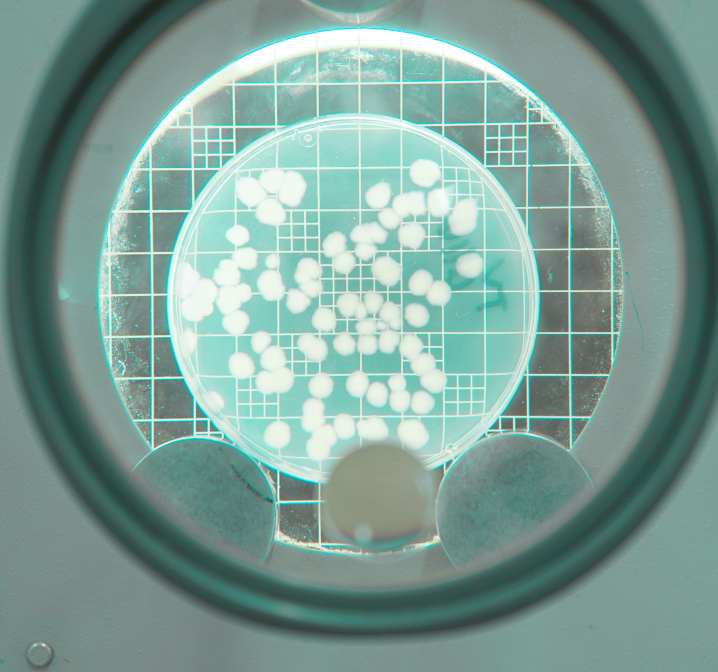
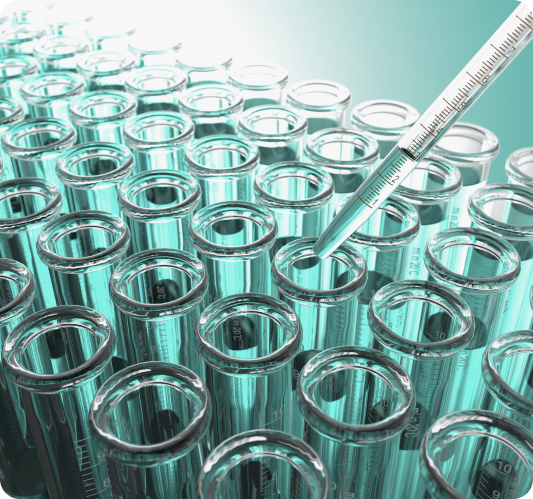

While lead is most recognizable of the metals found in drinking water, there are many that can make their way in. Zinc, copper, cadmium, cobalt, and mercury can occur in water supplies as a result of old pipes, sitting water, or industrial and consumer waste. It is not possible to smell or taste heavy metals in drinking water so you won’t feel the exposure while it’s happening.
Location: Drinking water sources such as: water running through old pipes, stagnant water sitting in pipes and water running through lead pipes
Test: Low Level Metal Analysis: EPA 200.8 Method (Microbac’s Merrillville, Tennessee, Baltimore, Dayville, Marietta and Warrendale labs) State certified*

Chlorine is a naturally occurring chemical element, one of the basic building blocks of matter. Scattered throughout the rocks of the Earth and concentrated in oceans, chlorine is an essential nutrient for plants and animals. Chlorine also provides clean drinking water to millions around the globe. Although chlorine has been a literal lifesaver with regard to drinking water, it also has the potential to form byproducts that can cause harmful health effects.
Location: Pools, hot tubs, disinfected drinking, washing water or wastewater
Test: Total Residual Chlorine (All Microbac environmental labs)
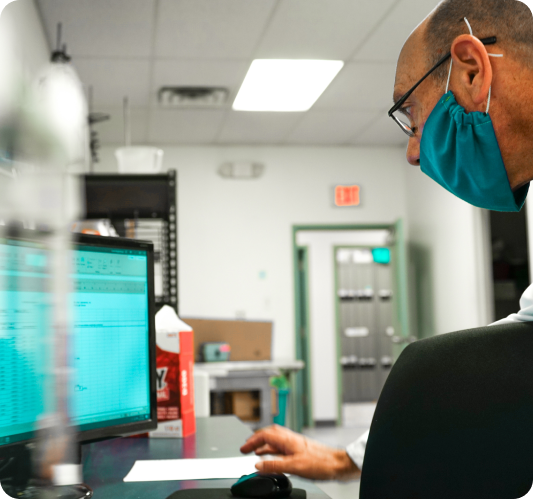
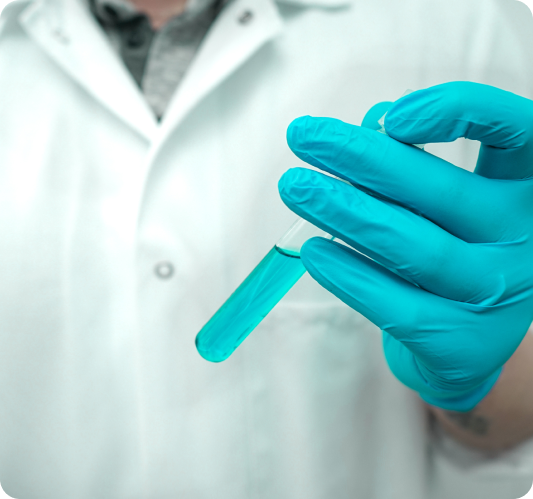
.png)
Coliform bacteria are a collection of relatively harmless microorganisms that live in large numbers in the intestines of human and warm and cold-blooded animals. They aid in the digestion of food. A specific subgroup of this collection is the fecal coliform bacteria, the most common member being Escherichia coli. Fecal coliform by themselves are usually not pathogenic; they are indicator organisms, which means they may indicate the presence of other pathogenic bacteria. Pathogens are typically present in such small amounts it is impractical to monitor them directly.
Location: Beaches and outdoor swimming areas
Test: Fecal Coliform (All Microbac environmental labs)
In the early 1900s, cities started disinfecting drinking water supplies to kill bacteria, viruses, and other microorganisms that cause disease and immediate illness. One of the disinfectants used was and is, Chlorine. This product can react with organic materials in water to form disinfection byproducts (DBPs). Surface water sources are more likely to contain the organic materials that combine with chlorine to form DBPs.
Location: Drinking water systems
Test: THMS: EPA 524.2 and HAA5: EPA 552.2 (Microbac’s Dayville and Merrillville labs)

